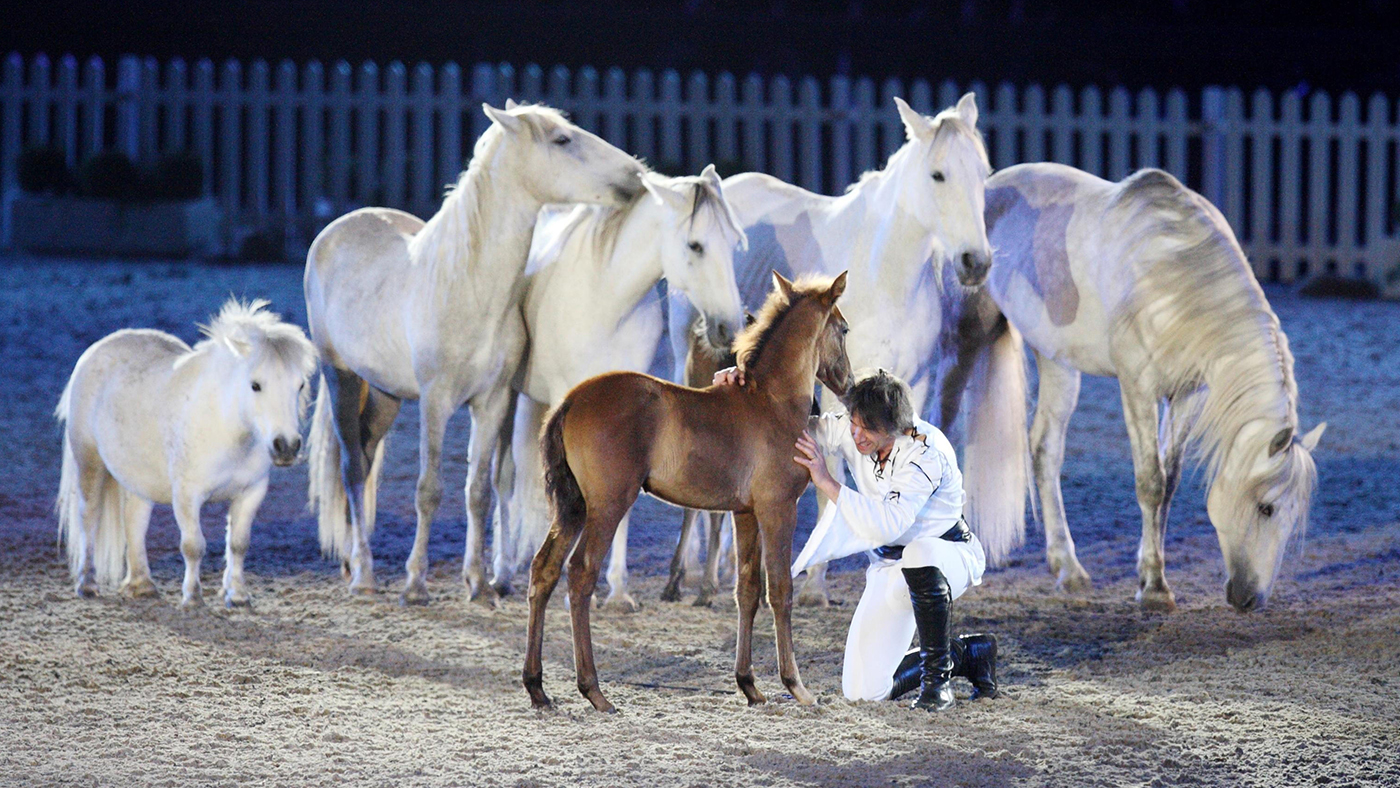Horse training is a complex and rewarding experience that requires both time and dedication. Whether you’re training a horse for riding, competition, or simple companionship, effective techniques can make a significant difference in your success. This article will cover various approaches and methods commonly used in horse training, helping you navigate the options available and choose the best fit for your equine friend.
The Importance of Proper Horse Training
Well-trained horses are not only easier to handle but also safer and more enjoyable to be around. Proper training can help avoid behavioral issues and can also improve a horse’s mental and physical health. Understanding effective training techniques can give you the confidence and capability to bring out the best in your horse.
Basic Training Techniques
Groundwork
The foundation of all horse training, groundwork involves exercises that teach the horse to move and behave while being led from the ground.
- Lunging: Teaching the horse to move in circles around you.
- Desensitization: Acclimating the horse to various stimuli.
Positive Reinforcement
Using rewards to encourage desired behavior.
- Clicker Training: Using a clicker to signal the horse when it performs a desired action, followed by a reward.
Negative Reinforcement
Applying pressure and releasing it when the horse complies.
- Pressure and Release: Common in teaching the horse to move or halt based on rein pressure.
Advanced Training Techniques
Dressage Training
A classical training approach that emphasizes obedience, flexibility, and balance.
- Half-Halts: A technique to refocus and balance the horse.
Western Training
Often used for rodeo and ranch work, focusing on utility skills like cutting and reining.
- Neck Reining: Steering the horse by laying the reins against its neck.
Natural Horsemanship
A philosophy that seeks to understand horse psychology and build a partnership.
- Join-Up: A method by Monty Roberts that involves reading horse body language and responding in a way that builds trust.
Specialized Training
- Jumping: Techniques to train the horse in jumping obstacles safely.
- Trail Riding: Preparing the horse for the varying terrains and situations encountered during trail rides.
Common Mistakes to Avoid
- Inconsistency: Sending mixed signals can confuse the horse.
- Impatience: Horses learn at different rates; rushing can be counterproductive.
- Harsh Discipline: Can result in fear, stress, and mistrust.
Equipment Essentials
- Lunging Line and Whip: For groundwork.
- Bridles and Bits: For communication.
- Saddle and Girth: For mounted work.
Tips for Effective Training
- Start Slow: Allow your horse to acclimate to each new skill or behavior.
- Be Consistent: Use the same cues and rewards to avoid confusing your horse.
- Regular Practice: Consistency over time reinforces learning.
Conclusion
Horse training is an art and science, involving a blend of techniques tailored to each horse’s unique personality and needs. Whether you’re interested in basic obedience, advanced skills, or specialized activities, the key to successful horse training lies in understanding and effectively applying different methods. With patience, consistency, and the right approach, you can cultivate a rewarding and enriching relationship with your equine companion.
